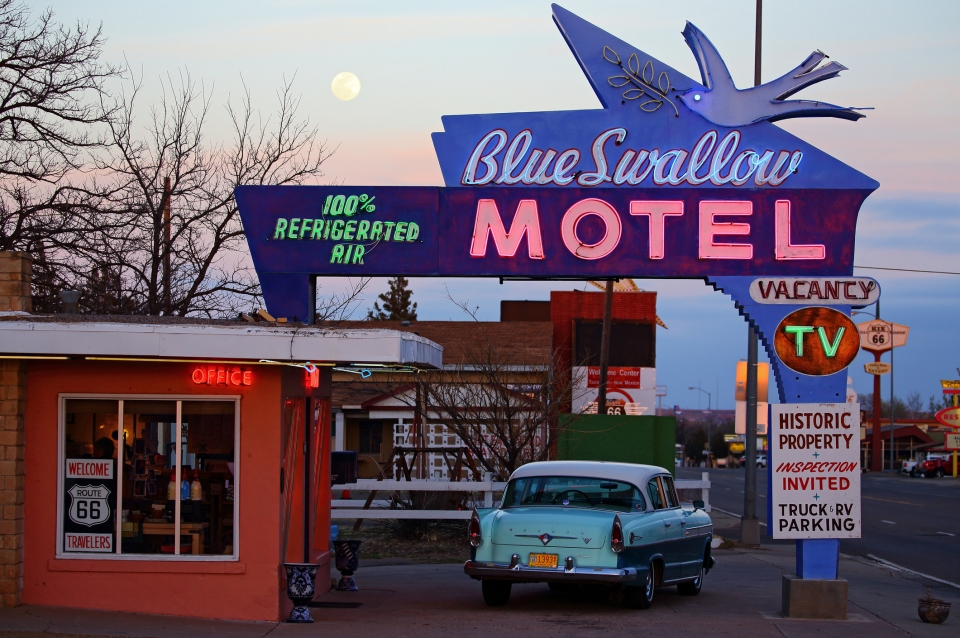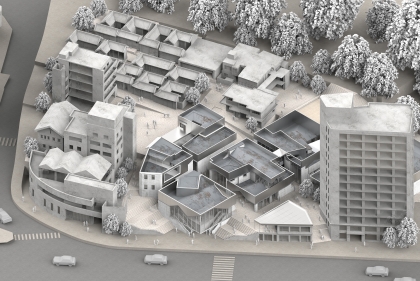January 19, 2023
Weitzman Receives National Park Service Grant to Protect and Preserve Route 66 Cultural Landscape

Tucumcari's Blue Swallow Hotel, which opened to travelers along Route 66 in 1939 (Photo: Licensed by iStock/Getty Images)
Close
Tucumcari's Blue Swallow Hotel, which opened to travelers along Route 66 in 1939 (Photo: Licensed by iStock/Getty Images)
US Highway 66, popularly known as “Route 66,” was the US’s first all-weather highway from Chicago to Los Angeles. (Image: National Park Service)

 View Slideshow
View Slideshow
